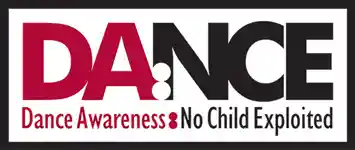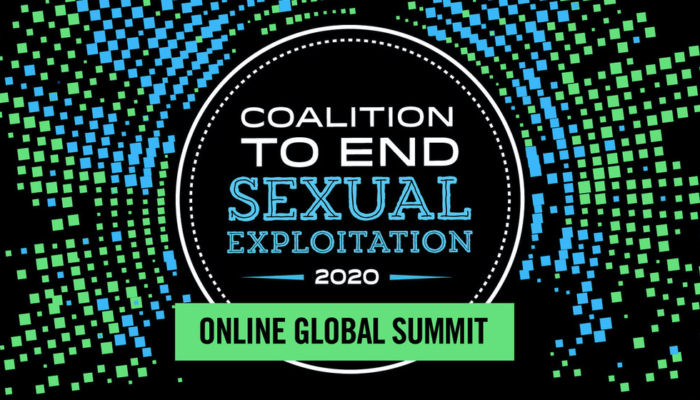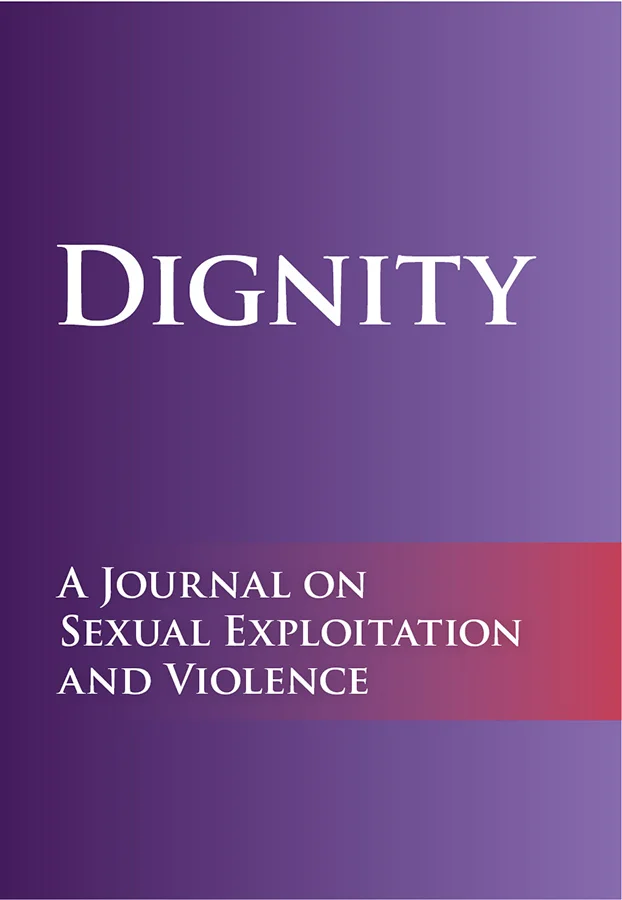
An online Summit? My first one. I’m talking about the Coalition to End Sexual Exploitation (CESE) Summit from July 18-28. Almost 20,000 attendees from countries all over the world. ‘Healthy or Harmful Dance: What Do the Experts Say?’ was featured daily during the conference. Here’s an example of what one speaker (that I didn’t know before the conference) messaged to me: Your video was freaking Ahhhmazing!!!
I had no idea that I would get so many opportunities to ‘meet’ others personally. Here are just a few:
- A USA attorney who wants to work on adult regulation for children in the dance industry; many interview requests
- A Canadian researcher & writer interested in exploring hypersexualized dance
- A podcast opportunity from Australia & Ireland
- Personal conversations in chat rooms(really)? That led to countless opportunities for contact information with major organizations. Still following up.
- Webinars with several organizations(ie Texas Governor’s office)
 Then there were shared papers, research and sessions taught by caring experts. So good. So varied. So educational. So evidence-based. On Monday July 27, there was a live session with attorney Rachel Denhollander(USA gymnastics scandal), Mary Sharpe of Reward Foundation(adolescent brain), and Laila Mickelwait of Exodus Cry(Pornhub by mindgeek). All of them were excellent but I’d like to high-light what Rachel said. She challenged attendees to think about porn inductively:
Then there were shared papers, research and sessions taught by caring experts. So good. So varied. So educational. So evidence-based. On Monday July 27, there was a live session with attorney Rachel Denhollander(USA gymnastics scandal), Mary Sharpe of Reward Foundation(adolescent brain), and Laila Mickelwait of Exodus Cry(Pornhub by mindgeek). All of them were excellent but I’d like to high-light what Rachel said. She challenged attendees to think about porn inductively: 
- What is Porn teaching us to do? Why are we divorcing sex from personhood(humanity)? We dehumanize ourselves when we objectify someone as a means to an end. We want what we want without looking at the best interests of others. Whether it’s children’s dance or trafficking, the consent is manipulated and the victim is groomed.
- How should we think? The people committed to advocacy are driven by conviction. Porn is wrong; it dehumanizes humans. It turns them into objects. As advocates, that’s where hard conversations need to start. We have to reflect what our cultural decisions communicate. What is the bottom line: making money or valuing people? The enticement of the pornography industry puts a price check on our kids because it values money above their dignity as humans.
- What is shaping our beliefs on this issue? The porn media industry has fed the public lies designed to create doubt that porn has negative outcomes. And we have believed their propaganda. They have convinced us that sexual exploitation is harmless and normal, and of course, there’s nothing wrong with making a little money, right? So what’s the big deal? The big deal is that sexual abuse, sexual grooming, and sexual assault set up a context for cultural trauma. Porn commodifies humans.
- 90% of kids have seen porn
- 20% kids use porn
- 70% men see porn once a week
- 20% of women understand that sexual violence is expected.
- How do I change the culture? We are the culture. We can teach others and change how they think. We should insist on age verification for porn users and increased legislation motivated by the research behind the incredible value of a loving relationship versus the horrific outcomes for children that are introduced to porn and hypersexualization. As adults, we need to step up to the plate and protect children.
Updates on 2 cultural issues:
- In past blogs, I have warned you about the dangers of Tik-Tok for children. Children in dance are using Tik-Tok to post and normalize dances that are inappropriate to perform. inappropriate to watch, and inappropriate to share with other youngsters (along with a growing group of adult predators). I came across 2 more articles on this subject that spell out the current dangers. One is from NCOSE(National Center on Sexual Exploitation) that talks about the dangers of online predators and one from Enrique Dans who said, “Can an app really be so harmful? The short answer is yes. We’ve already seen from other social networks how dependent we can become on approval and affirmation, and when a certain environment rewards, either with cash or Likes, certain behavior, we are attracted by it. TikTok encourages its users to push the boundaries of acceptable behavior, and in many cases encourages sexualization of young people, who find themselves doing things they wouldn’t normally do, but that on TikTok, seems to make sense.”
- And now ‘Cuties’, a new series on Netflix due to be released on Sept 9. This series features hypersexualized 10 &11 year old girls with dance themes that promote child sexualization and grooming youngsters for objectification in porn. More normalizing what is not normal. And I haven’t even mentioned the racial stereotypes in the series that connect people of color to sexual exploitation. Ugh.

Here’s the ‘Cuties’ trailer.
Now look at the blog about ‘Cuties’ by NCOSE. In the UK: “A petition to remove an upcoming French drama called Cuties on Netflix has reached over 130,000 signatures today with campaigners saying it ‘sexualises an eleven year old for the viewing pleasure of paedophiles.’ Netflix have since been forced to apologise, however only for ‘inappropriate artwork’ used to publicise the film which many are saying is not good enough.”
DA:NCE and NCOSE have quickly worked to set up a national petition on this issue. Please sign it.
And now, let’s focus in on some positive dance combinations? Dance magazine shared some tips for comfort during this pandemic from writing screenplays, cooking, working on cars, gardening and meditation. I hope that they are helpful to you. I also enjoyed this article from the LA Times that put a optimistic perspective on the pandemic: ’Learning and Thriving at home.’ Maybe corona has produced growth for children that we haven’t considered. Last, but certainly not least, I was delighted to find out about the Kern County Dance Alliance and their work producing ‘books in motion.’ Dance and literary combine to make learning fun?
As usual, it’s all about how we choreograph movement(synonym: action) into our lives. By that, I mean, the choices about healthy or harmful dance. Sign the petition, engage in courageous conversations, and delight in ‘books in motion.’




